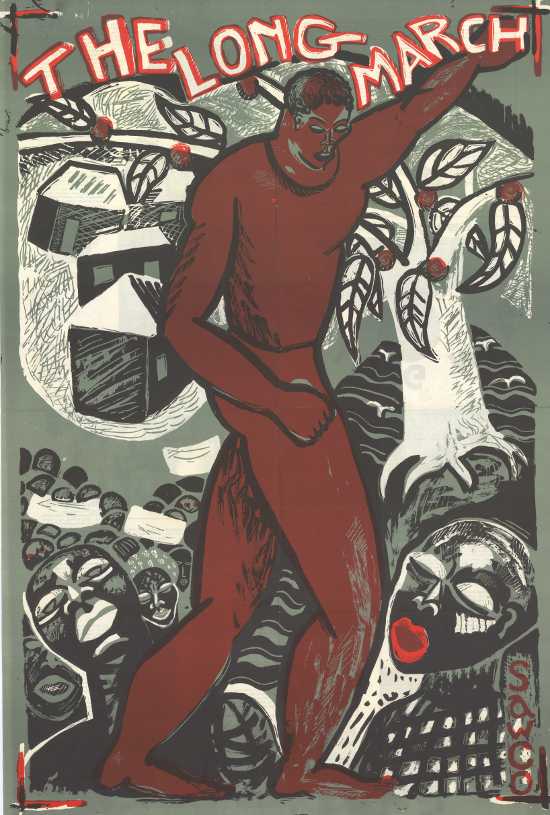
The Soweto Uprising in 1976 had led to increased state repression against any form of resistance.This affected the trade unions as many union officials were arrested and banned. Also, as membership increased in the emerging trade unions, a number of them believed that they would be stronger in the face of repression and have more bargaining power if they were organised into a tight trade union federation.
Talks took place between these unions and this led to the formation of the Federation of South African Trade Unions (FOSATU) in 1979 with 45,000 workers. By 1984 it had over 120,000 members and eight affiliated trade unions under its federation.
FOSATU believed strongly in the principles of non-racialism, workers’ control and workers’ democracy. It promoted these principles through the use of shop stewards. Shop stewards were union members in a particular factory who were elected by their fellow workers to represent them in negotiating for better conditions with management. FOSATU also believed that its trade unions should concentrate on improving the working and living conditions of workers and should not be involved in national politics.
Not all trade unions shared the beliefs of FOSATU. A group of independent trade unions in the Cape refused to register their unions, believing that by doing so, they would be placing themselves under state control. They chose to remain as a separate, independent grouping of unions.
The 1970s had also seen the emergence of new political thinking based on the philosophy of Steve Biko and Black Consciousness. The Black Consciousness Movement began to work with workers to develop trade unions based on its philosophy. This led to the formation of a separate federation of black trade unions under the Council of Unions of South Africa (CUSA) in 1980. It believed that trade unions should be led by black people and rejected the non-racialism of FOSATU. It too supported workers’ democracy and aimed to develop effective black leadership. Its most militant affiliate was the National Union of Mineworkers (NUM) which was launched in 1982.
Nevertheless by the 1980s, the position of workers had increased and there had been a large number of strikes wherein the working class had made gains in improving their working and living conditions.
In order to increase awareness about the importance of trade unions, and also to gain solidarity for strike action, many trade unions developed plays about their struggles. The Long March was a play about the BTR-Sarmcol Strike in 1985 and it was extremely well received by the local community as well as by
trade union members. BTR-Sarmcol was a rubber factory in Natal which fired all 970 workers when they went on strike.
Exhibitions in the classroom
Reading the past:
SOURCE: “The Long March”, poster produced by SAWCO, date unknown
Look at the poster promoting the play "The Long March" and answer the following questions:
1. Why do you think the play was called The Long March?
2. What does the central figure in the poster represent?
3. Do you think this is an effective representation? Explain your answer.
4. What do you think the tree represents? Explain your answer.
5. Comment on the faces that are shown in the poster.
6. Do you think this is an effective poster or not? Explain your answer.
NEXT: Unity for workers struggles


